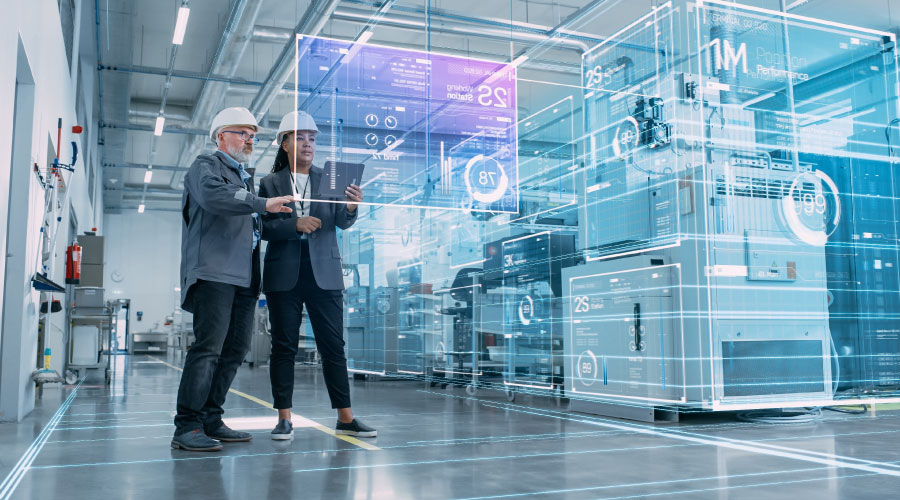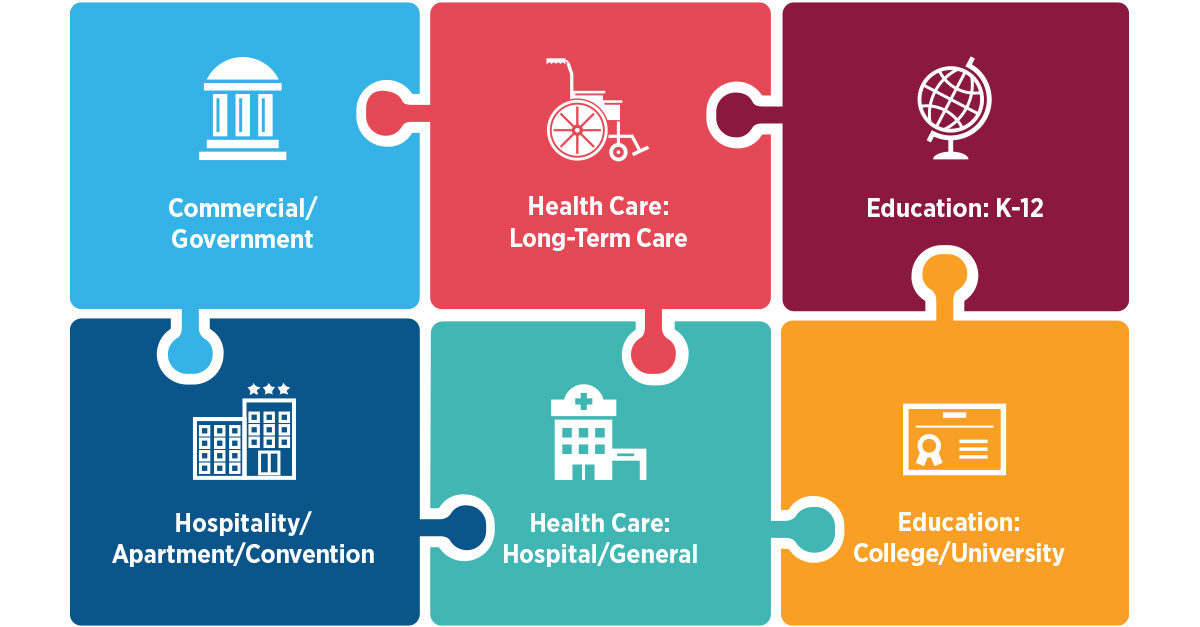Trick Trends Shaping the Future of Facility Monitoring in 2024
As we look ahead to 2024, the landscape of facility administration is positioned for considerable change, driven by numerous essential fads. The integration of smart structure technologies and a change in the direction of data-driven decision-making pledge to enhance functional efficiency while prioritizing sustainability in practice. The development of hybrid work designs is reshaping office atmospheres, requiring ingenious style options that provide to evolving worker needs. Amidst these adjustments, the concentrate on resident wellness remains to gain grip, underscoring the importance of a healthy office. Just how these patterns will manifest in technique continues to be a critical inquiry for market professionals.
Smart Structure Technologies

Smart structure modern technologies encompass a vast array of systems, consisting of intelligent lighting, cooling and heating controls, and safety and security systems. By incorporating these systems, facility supervisors can keep track of and change parameters in real-time, causing significant reductions in power waste and functional costs. Wise sensors can discover occupancy levels and adjust lights and temperature accordingly, ensuring that energy is just made use of when needed.
Moreover, these modern technologies promote improved information collection, permitting organizations to track usage patterns and recognize chances for additional improvements. The execution of wise building modern technologies not only adds to sustainability objectives however also develops healthier workplace that can improve employee performance and contentment.
As we relocate into 2024, the fostering of smart structure innovations will likely increase, mirroring a wider change towards even more intelligent, receptive, and sustainable center administration techniques.
Data-Driven Decision Making
Increasingly, companies are leveraging data-driven decision making to boost facility administration practices. By using data analytics, center managers can acquire actionable insights that considerably boost operational effectiveness and source allotment. The assimilation of sophisticated modern technologies, such as IoT sensors and real-time surveillance systems, enables the collection of huge amounts of data on structure performance, tenancy rates, and power intake.
This riches of details enables facility managers to recognize trends, forecast maintenance demands, and proactively address problems prior to they escalate. For example, anticipating analytics can anticipate equipment failures, minimizing downtime and fixing costs. In addition, information visualization devices assist in better communication amongst stakeholders, making sure that notified decisions are made collaboratively.
In addition, data-driven strategies enhance critical planning by enabling facility managers to evaluate the efficiency of present methods and make notified choices concerning investments in technology or infrastructure. As organizations increasingly prioritize functional quality, data-driven choice production is poised to become a cornerstone of effective center administration methods in 2024 and beyond. Eventually, the ability to leverage information properly will equip organizations to create more reliable, effective, and durable have a peek here facilities.
Sustainability and Green Practices
The focus on data-driven decision making naturally straightens with the expanding concentrate on sustainability and green methods within facility management. As companies progressively prioritize ecological obligation, facility supervisors are leveraging analytics to enhance resource use, minimize waste, and minimize carbon impacts. This calculated approach makes it possible for the combination of energy-efficient systems, such as LED lighting, smart heating and cooling controls, and renewable power sources right into facility procedures.
Furthermore, the execution of sustainable techniques prolongs past energy consumption. Center managers are embracing environment-friendly materials and advertising recycling initiatives to develop a circular economic climate within their facilities. This not only boosts the environmental account of the organization however additionally fosters a society of sustainability amongst employees.
Conformity with environmental guidelines is one more crucial facet driving the fostering of environment-friendly practices. By using information analytics, center managers can keep an eye on conformity metrics and identify areas for enhancement, ensuring adherence to regional and worldwide sustainability standards.
Hybrid Job Models
A considerable change in the direction of crossbreed job models is reshaping the landscape of center monitoring in 2024. This paradigm combines remote and in-office work, requiring a reevaluation of room utilization, resource allowance, and staff member involvement strategies. Organizations are increasingly acknowledging the value of adaptable work see it here spaces that deal with diverse needs and preferences.
Center managers need to adapt by applying flexible workplace designs that sustain joint efforts while giving locations for focused work. This consists of the integration of innovation to facilitate seamless interaction and collaboration among in-office and remote employees. Smart building options, geared up with analytics and sensors, enable real-time monitoring of room usage, making it possible for companies to enhance their environments successfully.
Moreover, hybrid job models stress the demand for effective center administration that prioritizes staff member experience. This encompasses not just technology and area design but additionally the development of plans that advertise a well balanced work-life dynamic. As firms browse this shift, the function of facility monitoring becomes critical in developing an active workplace that fosters productivity and drives organizational success. Essentially, the hybrid job version is changing facility administration, encouraging a proactive strategy to meet the developing demands of the workforce.
Boosted Owner Health
As companies welcome hybrid job models, an increased concentrate on owner wellness is becoming essential to facility management methods. Facility Management. This shift acknowledges that a satisfied and healthy and balanced labor force directly influences performance and retention prices. Center supervisors are now focusing on settings that promote mental and physical health, integrating aspects such as natural lights, biophilic design, and available wellness sources

Innovation plays an essential duty in this development. Smart structure systems can keep an eye on environmental elements and readjust setups in real-time, guaranteeing optimum convenience degrees - Facility Management. Moreover, comments devices, such as occupancy sensing units and staff member surveys, permit center supervisors to continuously refine wellness efforts based upon resident needs.

Verdict
In 2024, the future of center administration will certainly be significantly affected by the assimilation of smart building innovations and data-driven decision-making, promoting boosted operational effectiveness. Sustainability initiatives will certainly focus on green methods, while the appearance of crossbreed work designs will certainly demand adaptable office layouts. An increased focus on passenger health via innovative Cooling and heating systems and biophilic design will contribute to healthier work environments. These patterns collectively underscore the developing landscape dig this of facility administration in reaction to contemporary difficulties and chances.
Center managers are taking on environmentally friendly materials and advertising reusing campaigns to produce a round economic climate within their facilities.A substantial change towards hybrid job versions is reshaping the landscape of center monitoring in 2024.Furthermore, hybrid work models stress the requirement for effective center administration that prioritizes worker experience.As companies accept hybrid job designs, a heightened emphasis on occupant health is coming to be indispensable to facility monitoring methods.In 2024, the future of facility administration will be significantly influenced by the assimilation of smart building modern technologies and data-driven decision-making, fostering enhanced operational effectiveness.